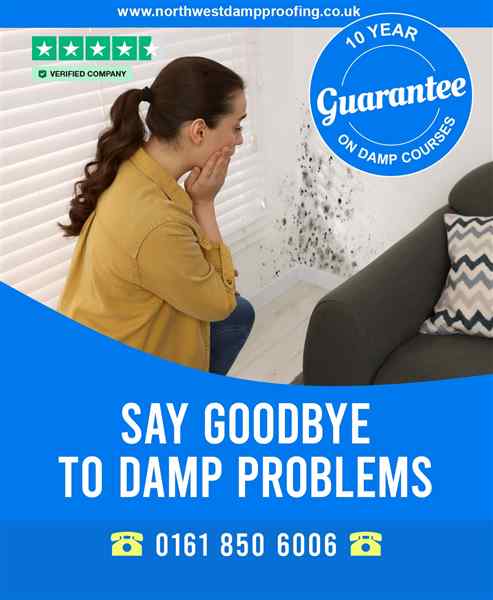Damp Proofing: Membrane vs. Sand and Cement- Which is Better?
After installing a damp-proof course (DPC), the next step in preventing rising damp and mould is applying a reliable internal damp-proofing system. Traditionally, sand and cement render was used to hold back moisture, but modern membrane-based systems have proven to be far more effective. Let’s explore the differences and why a membrane is the superior choice.
Sand and Cement Render: A Traditional but Flawed Approach
For decades, sand and cement render has been used as a barrier against residual moisture. While it can temporarily hold back dampness, it has several key drawbacks:
- Porosity Over Time: Cement-based renders can develop micro-cracks, allowing moisture to seep through.
- Moisture Retention: If any moisture gets through, the render can absorb it, leading to bubbling, salts, and plaster deterioration.
- Rigidity Issues: Cement renders are prone to cracking with structural movement, reducing their effectiveness as a long-term damp barrier.
Membrane-Based Systems: The Modern Solution

Modern damp-proofing membranes, usually made of high-density polyethylene (HDPE), offer a far more effective and durable solution. These systems feature a dimpled plastic sheet that creates an air gap between the wall and internal finishes, providing key advantages:
- Complete Moisture Barrier: Unlike sand and cement, membranes physically block moisture and prevent it from reaching the interior.
- Breathability and Ventilation: The air gap allows walls to breathe, reducing the risk of condensation and mould growth.
- Flexibility and Longevity: Membranes are not affected by structural movement, meaning they remain effective for decades without cracking or breaking down.
- Quick and Clean Installation: Membranes can be installed quickly over damp walls, reducing drying times and speeding up refurbishment projects.
Why Membranes Are the Future of Damp Proofing
While sand and cement renders may still be used by some amateur damp proofers, they do not provide the same level of protection as modern membranes. Membranes offer a long-term, reliable solution that prevents rising damp, protects against mould, and ensures a healthier living environment. For homeowners and professionals looking for the best damp-proofing results, membrane-based systems are the clear winner.
North West Damp Proofing will always use a membrane rather than a sand and cement based which is how we are able to give you a 10 year guarantee on our dmap proof courses whereas other companies will only give 18 months to 3 years maximum.




